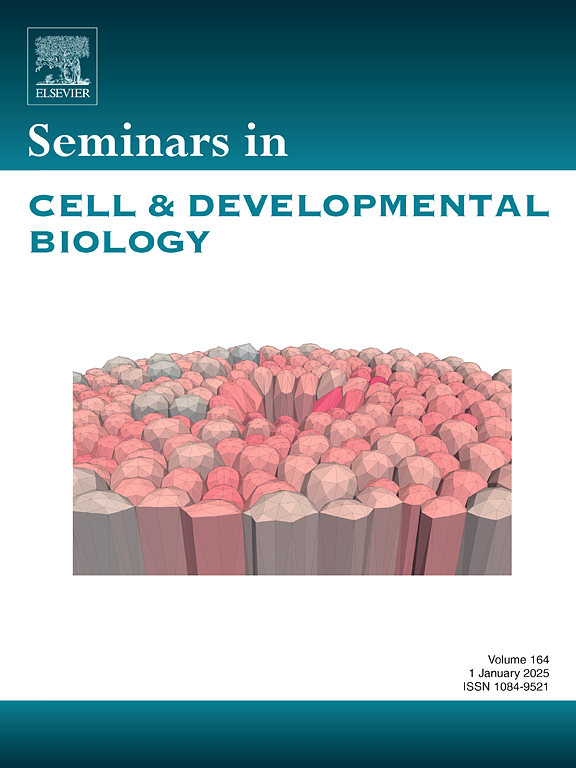Mechanistic modeling of mitosis: Insights from three collaborative case studies
IF 6
2区 生物学
Q1 CELL BIOLOGY
引用次数: 0
Abstract
Mechanistic mathematical modeling has become an essential tool in modern biological research due to its powerful ability to integrate diverse data, generate hypotheses, and guide experimental design. It is particularly valuable for studying complex cellular mechanisms involving numerous interacting components. While the full dynamics of such systems usually elude direct experimental observation, modeling provides a means to integrate fragmented data with reasonable and/or informed assumptions into coherent mechanistic frameworks, simulate system behavior, and identify promising directions for further experimentation. When closely integrated with experiments, modeling can greatly accelerate progress in cell biology. However, the value of modeling is not automatic—it must be earned through careful model construction, critical interpretation of results, and thoughtful design of follow-up experiments. To demystify this process, we review three of our collaborative projects in mitosis, drawing on our experiences as a modeler and an experimentalist. We describe how the projects were initiated, why specific modeling approaches were chosen, how models were developed and refined, how model predictions guided new experiments, and how integrated modeling and experimentation led to deeper mechanistic insights. Finally, we emphasize that at the heart of every successful collaboration lies human connection. Productive cross-disciplinary communication is fundamental to bridging experimental and modeling perspectives and fully realizing the potential of integrative approaches in modern cell biology.
有丝分裂的机制建模:来自三个合作案例研究的见解
机械数学建模具有整合多种数据、生成假设和指导实验设计的强大能力,已成为现代生物学研究的重要工具。它对于研究涉及许多相互作用成分的复杂细胞机制特别有价值。虽然这些系统的完整动态通常无法直接实验观察,但建模提供了一种方法,可以将具有合理和/或知情假设的碎片数据整合到连贯的机制框架中,模拟系统行为,并为进一步的实验确定有希望的方向。当与实验紧密结合时,建模可以极大地促进细胞生物学的进展。然而,建模的价值不是自动产生的,它必须通过仔细的模型构建、对结果的批判性解释和后续实验的周到设计来获得。为了揭开这个过程的神秘面纱,我们回顾了我们在有丝分裂方面的三个合作项目,借鉴了我们作为建模者和实验家的经验。我们描述了项目是如何启动的,为什么选择特定的建模方法,如何开发和改进模型,模型预测如何指导新的实验,以及如何集成建模和实验导致更深层次的机制见解。最后,我们强调,每一次成功合作的核心都在于人与人之间的联系。高效的跨学科交流是连接实验和建模观点以及充分实现现代细胞生物学综合方法潜力的基础。
本文章由计算机程序翻译,如有差异,请以英文原文为准。
求助全文
约1分钟内获得全文
求助全文
来源期刊
CiteScore
15.10
自引率
1.40%
发文量
310
审稿时长
9.1 weeks
期刊介绍:
Seminars in Cell and Developmental Biology is a review journal dedicated to keeping scientists informed of developments in the field of molecular cell and developmental biology, on a topic by topic basis. Each issue is thematic in approach, devoted to an important topic of interest to cell and developmental biologists, focusing on the latest advances and their specific implications.
The aim of each issue is to provide a coordinated, readable, and lively review of a selected area, published rapidly to ensure currency.

 求助内容:
求助内容: 应助结果提醒方式:
应助结果提醒方式:


